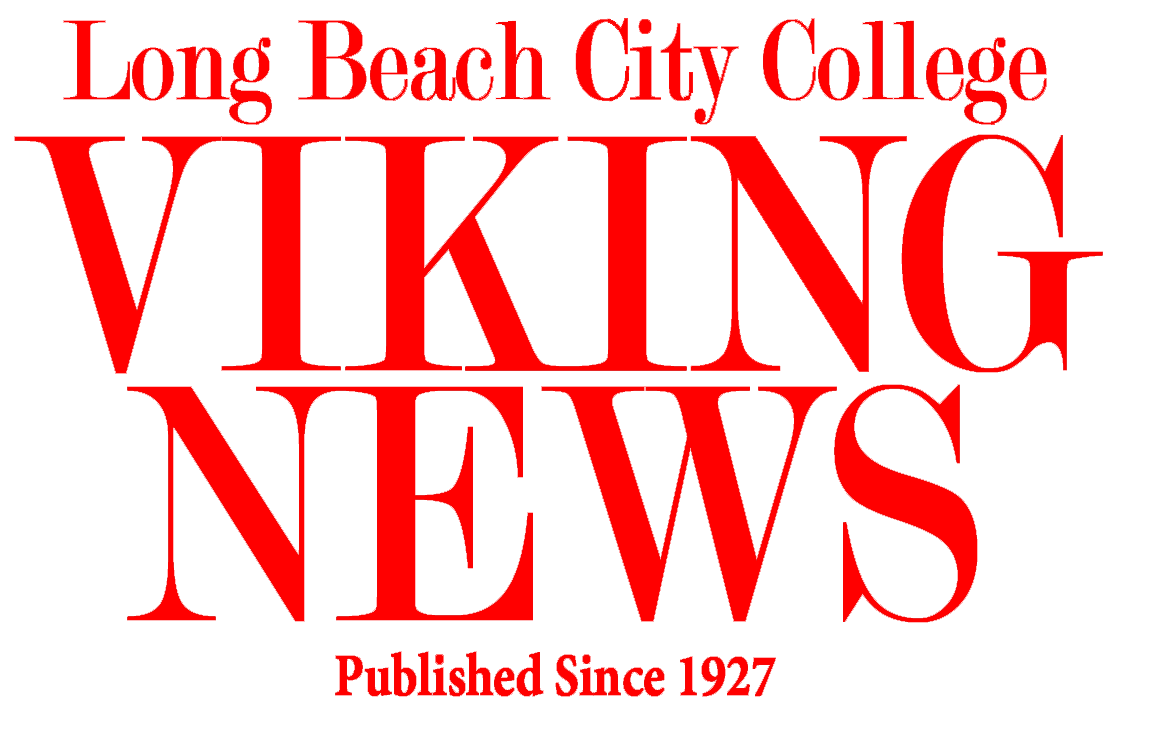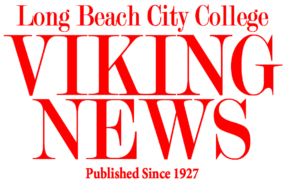The Long Beach and Los Angeles region rank among the highest in ozone air pollution according to the American Lung Association, in their “State of the Air Report.”
To gain a better understanding of how air pollution impacts communities, Viking News spoke with local nonprofit organizations that advocate for better air quality.
“Air pollution has adverse health impacts including causing and exasperating: respiratory diseases like asthma, COPD, bronchitis; cardiovascular disease, various cancers, and reproductive issues like premature births and low birth weights,” said Taylor Thomas, the co-executive director of East Yard Communities for Environmental Justice.
East Yard is a nonprofit organization which works with communities along the 710 freeway and other nearby regions dealing with industrial pollution.
The organization has an office in West Long Beach, near sources of pollution such as refineries, freeways and emissions from ships and trucks at the port.
They organize communities to advocate for cleaner air through policy at the public comment portions of city council meetings and meetings of the South Coast Air Quality Management District (SCAQMD), the official state agency in charge of regulating Southern California’s air.
East Yard has a focus on youth empowerment and often brings young people to participate in the civic process.
Their organization calls for environmental justice, which they say begins with listening to community members. They believe policy making around issues that affect communities should be determined by the communities that are most severely impacted by pollution.
The Coalition for Clean Air (CCA) is another small nonprofit organization that works on addressing air quality in Long Beach and Los Angeles. The organization is focused primarily on policy around transportation, which is one of the leading sources of air pollution.
Statewide transportation accounts for about half of carbon emissions.
Like East Yard, the Coalition studies the impact made to communities by the goods movement, which refers to the transportation of goods that move through the port from ships and onto trucks on their journey to warehouses throughout Southern California.
The SCAQMD released a study known as the MATES study, which shows that areas with the great burden of air pollution are around the 710 and 91 freeways, transporting goods from the ports.
Pollution sources near the freeways include diesel from trucks, local transportation, and fueling stations.
According to Chris Chavez, the deputy policy director from the Coalition for Clean Air, there are federal deadlines that regions with high amounts of air pollution must meet to comply with federal regulations on pollution.
If regions do not meet their federal mandate in time, they can be met with penalties including federal sanctions on the state from the federal government.
Chavez said SCAQMD is not on track to meet standards, and that he sees “no viable plan” for the agency to realistically meet the deadlines.
As a result, communities in Long Beach and other regions in the harbor area will continue to deal with the effects of air pollution. Both groups noted that the areas which deal with the greatest burden of air pollution tend to be low-income and predominantly communities of color.
Both organizations say major industrial changes need to occur for there to be any improvement in local air quality.
Many of the local sources of pollution also play a major role in the economy, with representatives from both organizations noting that a significant source of Long Beach’s air pollution comes from the Port of Long Beach, which they believe can play a more active role in addressing the area’s air quality.
While particulate matter emitted from the diesel engines has gone down since the ports implemented their Clean Air Action Plans, and both groups have expressed their concerns that the ports have reduced diesel emissions by converting to natural gas, a fossil fuel which also pollutes and consists of methane, a potent greenhouse gas instead of fully electric technology.
Other noteworthy sources of pollutants include the railyards which move fossil fuels cargo such as coal and petcoke through the ports, oil refineries in the region, the largest of which is the Marathon refinery in Carson and the SERRF facility near the Port of Long Beach, a facility that incinerates trash for energy.

Photo by Elliot Gonzales/ Viking News


